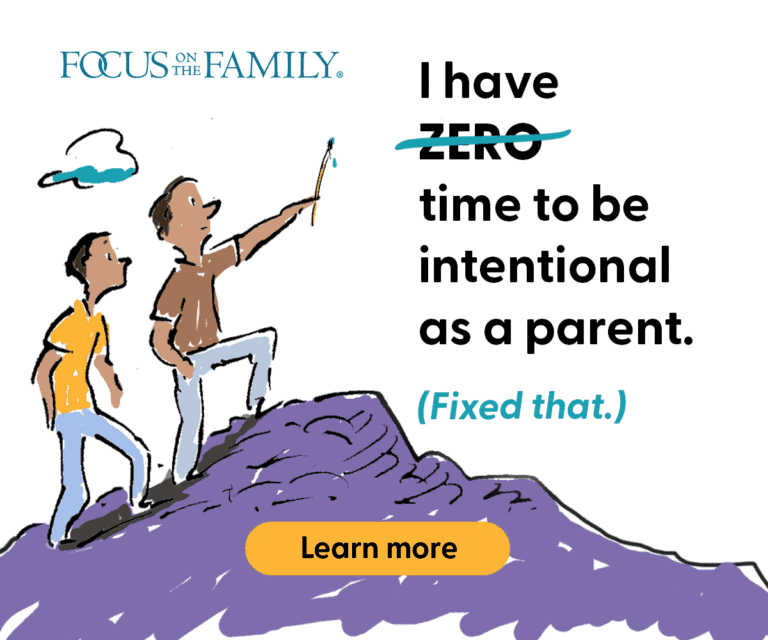Many people think that the terms cardiac arrest and heart attack mean the same thing, when in fact they are quite different. Cardiac arrest is when the heart stops beating. Since the heart beats because of the electrical signals our bodies send through the heart, a cardiac arrest is an electrical problem. In contrast, a heart attack happens when one of the arteries to the heart gets totally blocked. A heart attack then, to use an analogy, is a plumbing problem.
Electrical Issues and Cardiac Arrest
The heart has an electrical system designed to allow it to beat efficiently and pump blood throughout the body. Electricity travels through the heart to make it beat, travelling from pacemaker cells that determine the heart rate throughout all of the heart muscle. In cardiac arrest, the wiring of the heart “short circuits.” Instead of moving in a line across the heart surface, the electricity travels around in circles aimlessly. When this happens, the person loses consciousness and has no pulse. Unless the heart is restarted in a very few minutes, the person will usually die. Even if he or she survives, there is a possibility of permanent brain injury.
Plumbing Problems and Heart Attack
Just as the heart has an electrical system, it also has a “plumbing” system. The “pipes” in the plumbing system of the heart are arteries that carry oxygen and nutrients to the heart muscle. As we get older, blockages tend to build up in these arteries. Blockages develop faster with tobacco use, a high fat diet, high blood pressure, and high cholesterol levels. The heart uses the oxygen that the arteries carry to pump life-giving blood to the rest of our bodies.
If a blockage in one of those arteries gets bad enough, the heart can’t get enough oxygen. This lack of oxygen can cause chest discomfort. Chest discomfort might arise from exertion, but then go away with rest after a few minutes. Most people describe the discomfort as a tightness or a squeezing sensation.
Some people, instead of feeling chest discomfort, might feel breathlessness or what seems to be indigestion. Others might describe a “tired” feeling that they localize to the chest. Women and people with diabetes are more likely to experience these different sensations rather than chest discomfort. The thing to remember is that symptoms that come on with exertion and go away with rest, lasting a few minutes at a time, may be the warning signs that a heart attack is on the way.
If a narrowed portion of an artery of the heart clots off entirely, no blood can go to that part of the heart. This can happen without any warning symptoms, although when blood flow stops, the symptoms are just like the ones described above: chest discomfort, chest tightness, breathlessness, nausea, or even a tired sensation, especially in women or diabetics. The sensations can go down the arms, up to the jaw, or to the back, but they might not. If someone has symptoms like this lasting more than a few minutes, they should call 911 and get to the hospital by ambulance. The most important treatment of a heart attack is to get the artery open, either by using medication, or by threading catheters up to the artery and using a tiny balloon to open it up, in a procedure called an angioplasty. The sooner blood can get through the blockage, the less damage there will be.
Heart Attack Leading to Cardiac Arrest
Considering again cardiac arrest, the most common cause of this electrical problem of the heart is a heart attack. When part of the heart is not getting enough oxygen, as it is dying it sends out abnormal electrical impulses that short circuit the electrical system and cause the heart to stop. In this case, the person having chest discomfort will suddenly black out.
Saving Lives with AEDs
In the past few years, many schools, airports, sports venues, golf courses, shopping malls, businesses, and other public spaces have made automated external defibrillators (or AEDs) available throughout their facilities. They can be found on the wall, usually in red and white metal boxes. Medical training is not necessary to use an AED, as these devices typically provide simple voice instructions to walk you through the steps necessary to use them. If someone collapses and shows no pulse or signs of breathing, a layperson can attach the chest pads that come with the equipment to the victim. The AED then analyzes the victim’s heart activity and if it confirms a cardiac arrest, it will attempt to shock the person back into a normal heart rhythm, giving that person a chance to survive. If you are concerned about accidently delivering a shock to someone who doesn’t need one, don’t worry. The system is automated and will not shock a person who doesn’t need it. It’s worth noting that a defibrillator can help a person in cardiac arrest regardless of whether the condition was electrical in origin or was brought on by a heart attack. So if you see someone collapse, look for this equipment and just follow the instructions.
Heart Attacks Don’t Necessarily Lead to Cardiac Arrest
While a heart attack can lead to cardiac arrest, most people with heart attacks will not go into cardiac arrest. Most heart attack victims remain awake and, if taken to the hospital, undergo angioplasty while still awake, never experiencing any electrical problem.
Similarly, not everyone who has a cardiac arrest has a heart attack. Some people have a purely electrical problem. Their heart disease causes them to have abnormal electrical impulses. Their hearts may beat normally most of the time. Then, on occasion, their heart will go into very fast, abnormal rhythms. Normally, the heart beats 50 to 100 times per minute at rest, and speeds up with activity, perhaps to as fast as 180 beats per minute. In these people, their heart will suddenly beat fast for no reason, perhaps 150 beats per minute, or perhaps even 300 beats per minute. When the heart beats at these rates, the electricity moves around so fast that it no longer makes the heart beat as it should. As a result, the heart may stop.
People who experience this will often feel their heart racing and then suddenly collapse and have no pulse. Fortunately, most problems that make the heart race do not lead to cardiac arrest. But if you have symptoms of heart racing, you should see your doctor to figure out what is wrong.
Interestingly, people who suffer cardiac arrest without a heart attack are often younger and healthier overall than heart attack victims, but they are also likely to die quickly unless they are shocked back to life.
Some Risk Factors We Can Control, Some We Can’t
We can do many things to decrease our risk of heart attack. Eating a healthy diet, avoiding tobacco, controlling blood pressure, and controlling cholesterol all help. Unfortunately, electrical heart problems stem from things we cannot control. However, with either, the important thing is to pay attention to abnormal sensations in our bodies and seek help from a doctor if we feel something wrong. We can also encourage our family and friends to do the same thing. Your doctor can then help you figure out whether you need the care of a cardiologist who is a “plumber” or an “electrician,” and get you the help you need.
| Heart Attack | Cardiac Arrest |
| Plumbing problem | Electrical problem |
| Caused by a blocked artery | Caused by abnormal electrical impulses |
| Can cause a cardiac arrest | Can result from a heart attack or other problems |
| Treated by opening the artery | Treated with a defibrillator |
| Usually starts with tightness or pressure in chest | Often starts with a sensation of the heart racing |















